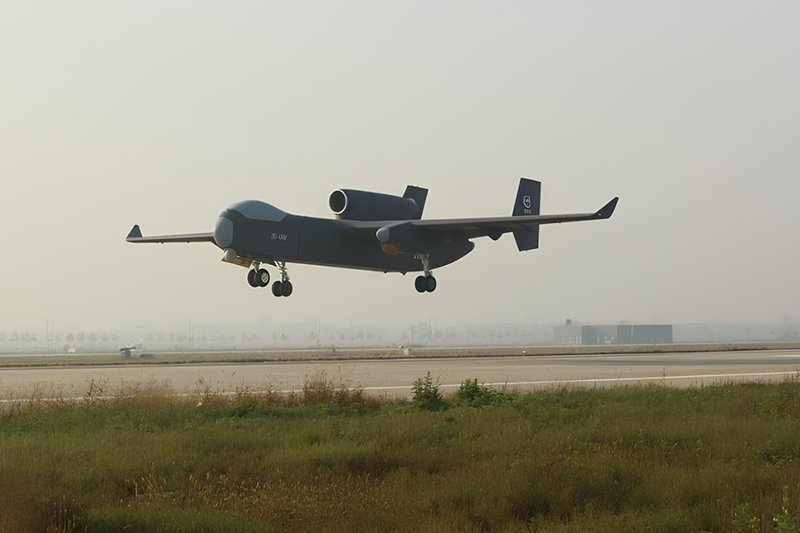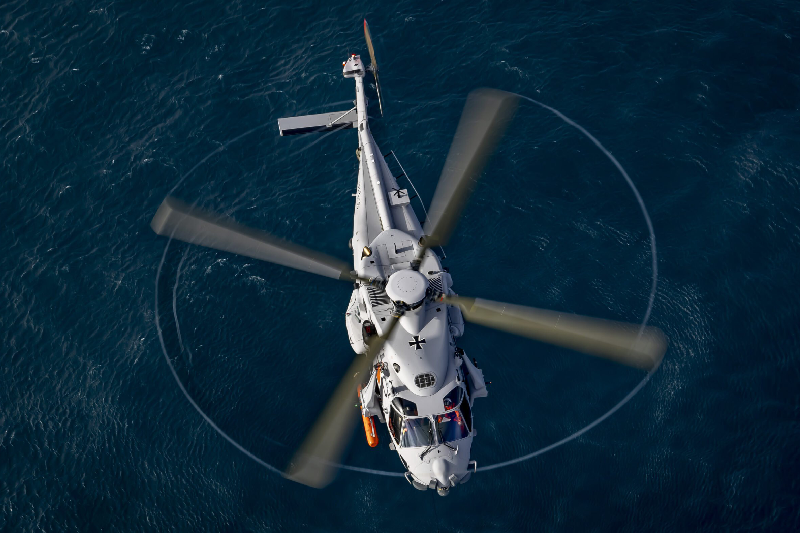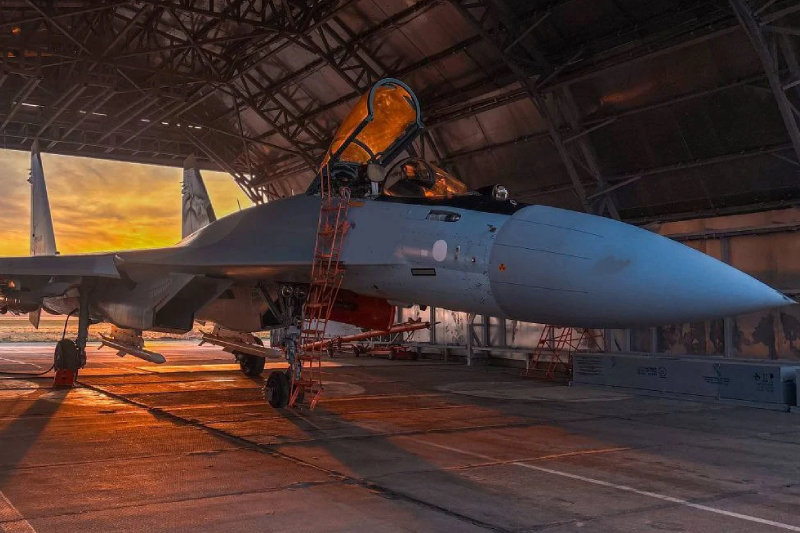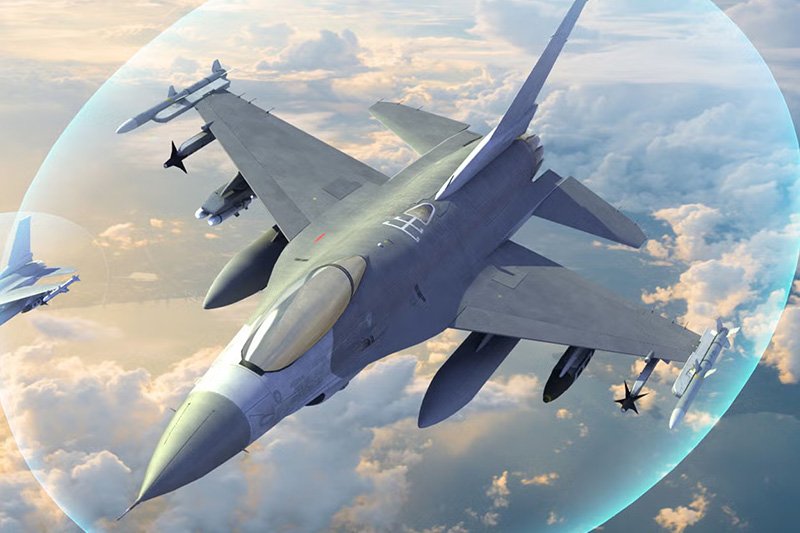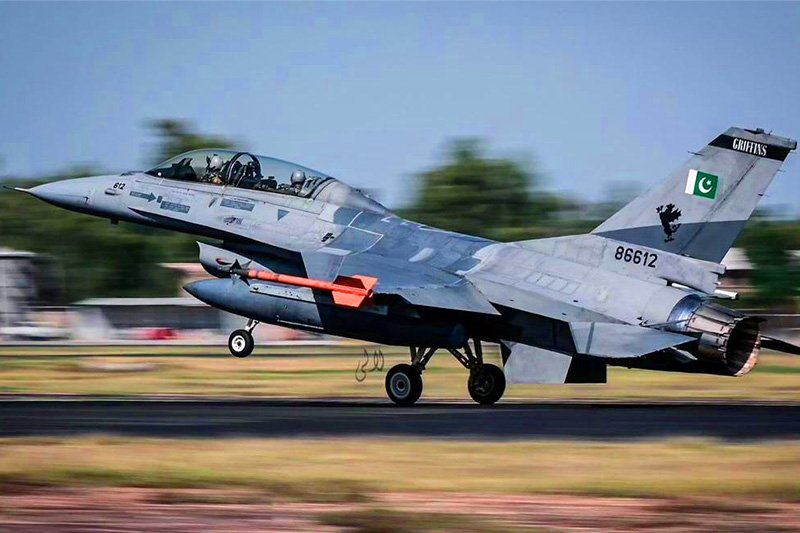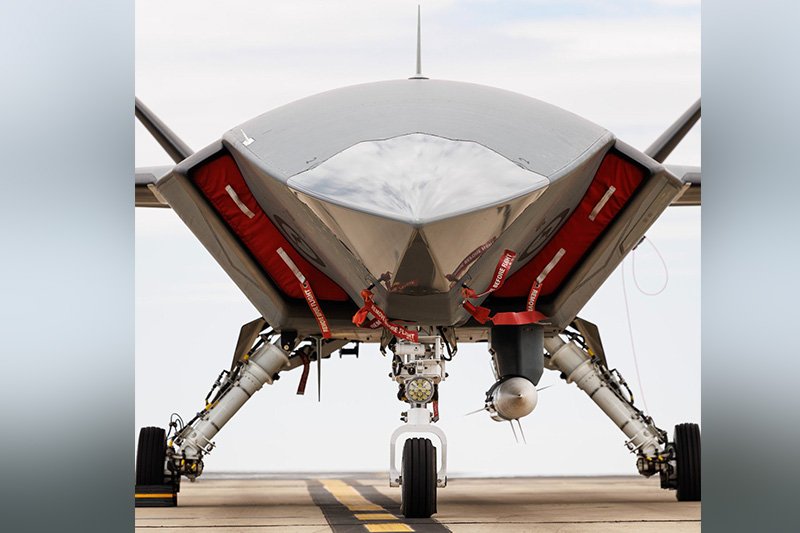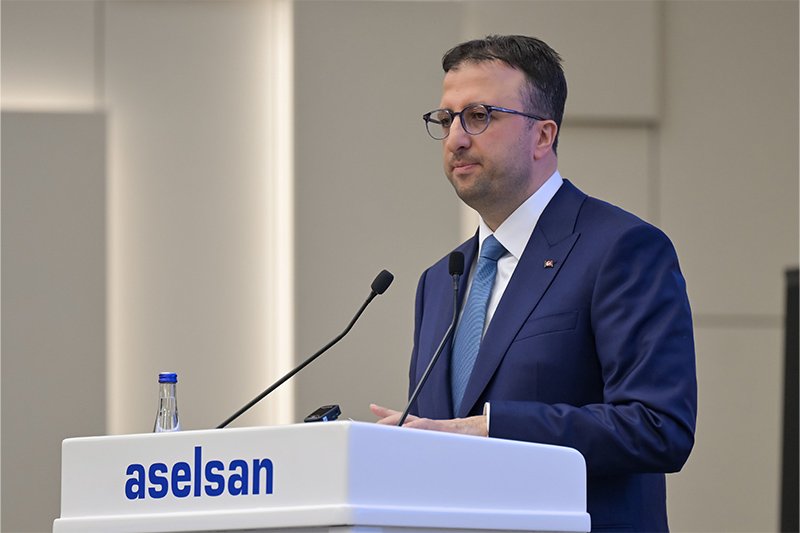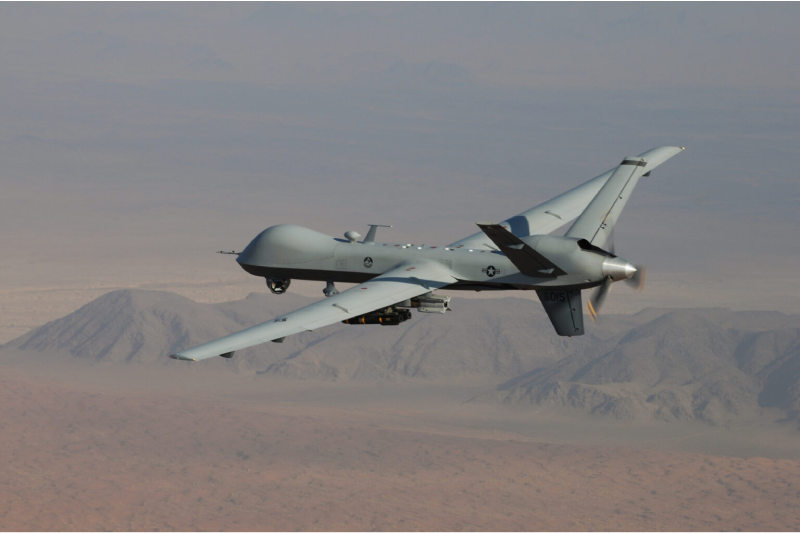MQ-9 Reaper Deployment South Korea 2025
The US plans its first extended MQ-9 Reaper deployment South Korea 2025, representing a significant strategic shift in the American military presence on the Korean Peninsula. The US Air Force’s planned three-month rotation of MQ-9 Reaper drones, scheduled to begin in September 2025, marks the first extended deployment of these advanced unmanned systems to South Korean territory, signaling enhanced regional deterrence capabilities and strengthened alliance cooperation.
Strategic Deployment Overview
The planned deployment will position an unspecified number of MQ-9 Reaper drones at the US Seventh Air Force base in Kunsan, strategically located on South Korea’s western coast facing the Yellow Sea. This location provides optimal positioning for surveillance and potential strike operations across the region, demonstrating America’s commitment to maintaining advanced military capabilities in East Asia.
The three-month rotation represents a departure from previous short-term training exercises, establishing a more permanent presence that enhances regional stability and deterrence. This extended deployment timeline allows for sustained operations and deeper integration with South Korean defense systems.
Advanced Surveillance and Strike Capabilities
General Atomics’ MQ-9 Reaper drone serves primarily as an intelligence collection platform while maintaining significant strike capabilities. The system’s dual-role nature makes it particularly valuable for modern military operations requiring both surveillance and precision engagement capabilities.
The drone’s impressive operational specifications include endurance exceeding 27 hours, operational altitudes reaching 50,000 feet, and a range of approximately 1,150 miles. These capabilities enable comprehensive coverage of regional threats while maintaining safe operational distances from potential adversaries. From Kunsan Air Base, the MQ-9 Reaper’s operational range reportedly extends to major Chinese cities including Beijing, Shanghai, Hangzhou, and Qingdao, highlighting its strategic deterrence value in the region’s complex security environment.
Weapons Systems Integration
The MQ-9 Reaper’s armament package includes sophisticated precision-guided munitions designed for various operational scenarios. The platform carries AGM-114 Hellfire missiles for precision strikes against high-value targets, providing surgical strike capabilities with minimal collateral damage potential.
Additional weapons systems include GBU-12 Paveway II laser-guided bombs, GBU-38 Joint Direct Attack Munitions (JDAMs), GBU-49 Enhanced Paveway II, and GBU-54 Laser JDAMs. This diverse armament selection enables engagement of different target types across various operational conditions.
The weapons integration demonstrates the platform’s evolution from purely surveillance roles to multi-mission capabilities, supporting both intelligence gathering and direct action operations as required by evolving security situations.
Regional Deterrence Implications
Defense experts interpret the MQ-9 deployment as a clear deterrence signal directed toward both China and North Korea. Asian Institute for Policy Studies Research Fellow Yang Uk emphasized that while the platform possesses strike capabilities, its fundamental role remains surveillance and intelligence collection.
The deterrence effect extends beyond immediate military capabilities to demonstrate a sustained American commitment to regional security. The extended deployment timeline reinforces alliance relationships while providing continuous monitoring of regional developments.
This strategic positioning enhances the overall deterrence framework in Northeast Asia, complementing existing military assets and providing additional flexibility for regional contingency planning.
Also Read This: Turkiye’s Katmerciler and Malaysia Signed Eren 4×4 Deal at IDEF 2025
Previous Korean Peninsula Operations
The MQ-9 Reaper has established operational familiarity with Korean Peninsula conditions through previous training exercises and live-fire demonstrations. In April 2024, the drone successfully conducted its first live-fire test on Korean territory, demonstrating precision engagement capabilities with GBU-12 munitions. The platform also participated in Exercise Freedom Flag 25-1 at Kunsan Air Base in May 2024, where US Air Force and Marine Corps maintainers collaborated to enhance MQ-9 readiness in expeditionary environments. These exercises validated operational procedures and maintenance capabilities necessary for extended missions, directly supporting the upcoming MQ-9 Reaper deployment South Korea 2025.
Military Asset Transition
The MQ-9 deployment coincides with broader changes in US military presence on the Korean Peninsula. The timing aligns with the final withdrawal of A-10 Thunderbolt II aircraft from the region, representing a strategic shift toward more advanced and flexible military capabilities.
The A-10 replacement with fourth and fifth-generation fighter jets, combined with MQ-9 deployment, demonstrates modernization of US military assets in the region. This transition reflects evolving threat assessments and operational requirements in contemporary security environments.
Official Response and Confirmation
While Seventh Air Force spokesperson Major Laura Hayden declined to confirm specific deployment details, she emphasized the continued focus on readiness and alliance strengthening with South Korea. This measured response reflects standard operational security practices while acknowledging ongoing cooperation efforts.
South Korea’s Ministry of National Defense spokesperson Jeon Ha Gyu noted that Seoul cannot confirm the deployment plans since the Reapers remain US military assets. This response demonstrates appropriate coordination while respecting American operational security requirements.
Alliance Strengthening Benefits
The extended MQ-9 deployment enhances US-South Korea alliance capabilities through shared operational experience and intelligence gathering. The sustained presence enables deeper integration of surveillance data and operational planning between alliance partners.
This cooperation extends beyond immediate operational benefits to include technology sharing, maintenance expertise exchange, and joint training opportunities that strengthen overall alliance effectiveness and interoperability.
Future Operational Implications
The successful implementation of this extended MQ-9 deployment could establish a precedent for similar rotations in the future, creating sustained unmanned capabilities on the Korean Peninsula. This approach provides flexibility while maintaining deterrence without permanent basing commitments.
The deployment represents a model for modern military presence that emphasizes advanced technology, alliance cooperation, and strategic deterrence through sophisticated surveillance and precision strike capabilities tailored to contemporary security challenges.
Join us on Facebook, Twitter, YouTube, Instagram, and TikTok for real-time coverage of defense events worldwide.
Discover more from International Defence Analysis
Subscribe to get the latest posts sent to your email.


